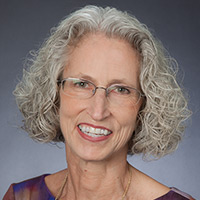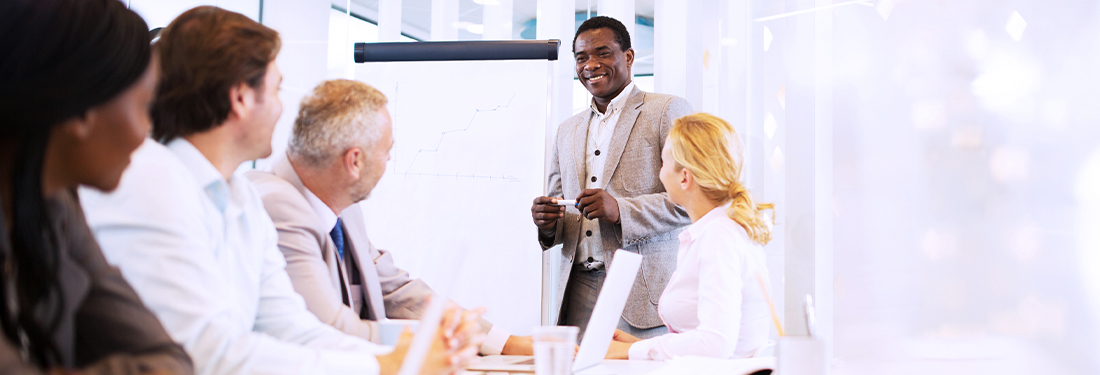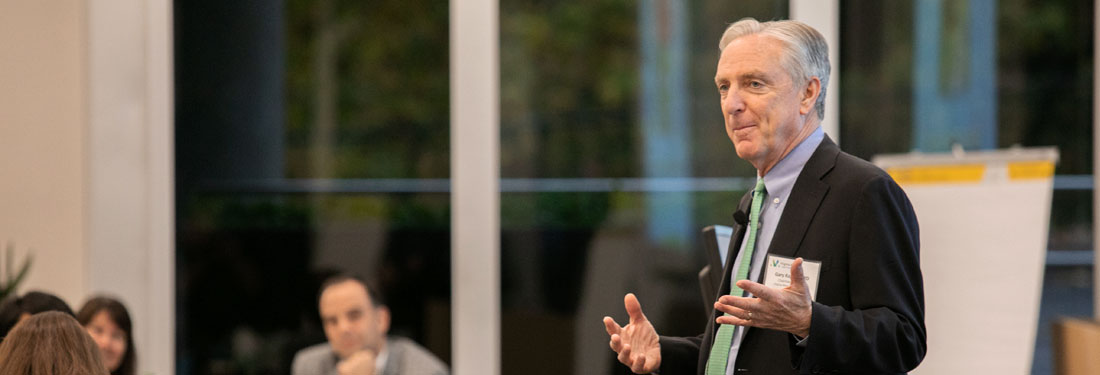How Leaders Can Inspire a Culture Shift
An interview with Celeste Derheimer, Senior Partner at Virginia Mason Institute
What is the best part of working with a health care team within a lean construct?
CD: The best part for me is when I see an organization’s team members experience those “aha” moments — when people realize that by working together they really can improve and transform a process. It’s amazing to witness; it’s as if an incredible light shines forth for everyone to see. I love that. I feel proud when this occurs and the team really starts to click; there’s no stopping them after that.
Describe the process for leading a team through an RPIW (rapid process improvement workshop).
CD: On Monday, the participants are learning about the method and about each other — they may be people who work together, or they may be people from different parts of the organization. They’re asking, “What are we here for?” They don’t know what they’re going to do — but they are excited about the opportunity to improve the process. They generate ideas based on the concepts they learn that day. By Tuesday, they’re starting to test the ideas they generated and starting to use the tools. By Wednesday and Thursday, they really get into it by trialing, trialing some more and developing. And then everyone starts to feel the excitement because they know they’ve come up with some good improvements — and that they’ll be implementing them the following week. On Friday they report out about their findings to the entire organization. This helps everyone understand how and what has been improved, and it helps solidify commitment to the improved process by all. It’s also a day to celebrate the learning and accomplishments.
Why is it so important to get a team together for this work? Wouldn’t it be more efficient to have people work on the areas they know best instead of having to learn what others are doing?
CD: That’s what makes this lean work so valuable. Before getting together as a team, people assume that if they do their job well, then their colleagues who are part of a process later in the patient’s care will be fine. But when they get together for the RPIW, they see how their work has a strong impact on their colleagues’ work down the line. At one recent client RPIW, it was a big moment when a nurse stood back and said, with a mix of emotions, “Oh my gosh, I’m sending defects to other people!” In another RPIW, an operating room technician described his feelings when he observed other people’s work areas for the first time and saw that he and his colleagues had no idea what was happening in this area every day. It’s these moments — and they happen in every event — that start a significant cultural shift. When participants see a process from someone else’s perspective for the first time, the real learning — and collaboration — occurs.
What role does leadership play in this work?
CD: The people who do the work are important to improving the work, and they can do it when leaders give them the time and space to do it. If they don’t have the time to work with their ideas, nothing will happen. Leaders show respect when they make sure people have the resources to do the work they need to do — and then the leaders thank them for the work they’ve achieved. All of this is woven into the methodology. When leaders behave in this way, the culture begins to shift.
“Ultimately, people in health care are incredibly passionate about making people’s lives better — and it’s not just the staff in clinical areas. I have colleagues in finance, and I know they have a common desire, too, to do the very best for the patients in their organization. When leaders are working to relieve the burden of work on people, the employees really start to listen.”
– Celeste Derheimer
When do you usually see the culture begin to shift?
CD: I often see it happen during the sponsor development session, when the leader who has been assigned as the executive for a value stream begins using these new lean methods in a conversation with the participants prior to an improvement event. In one sponsor development session, there was a team of cardiologists, nurses and pharmacists — and the cardiologists were clearly not interested in the event. Then the leader engaged them in a conversation and sincerely asked them what improvements they wanted to see. When they saw she really meant it, they very visibly leaned in. Their body language went from crossed arms to open arms. Someone even said, “I can’t wait to put my stamp on this project form.” And when they began discussing the future state of cardiology care at the organization, the leader asked: “What do you think this care should look like?” Every cardiologist started writing on the sticky notes and posting their ideas on the wall. The energy in the room was unmistakable. This session took several hours but was meaningful and productive for everyone.
Every time a leader engages the people who do the work in conversation, and listens rather than coming up with solutions — or even better — asks great questions, the leader is helping to shift the culture just a little bit. This happens in sponsor development sessions, RPIWs, Lean for Leaders training and other lean activities. Every event contributes to engraining the concepts and tools into the way people do their work, which in turn creates that culture shift.
Why do you think people in health care can be so wary of change?
CD: What I see most often is that the people who have their arms folded and are thinking it’s another new program that’s going to go awry — they’re the ones who care the most.
Ultimately, people in health care are incredibly passionate about making people’s lives better — and it’s not just the staff in clinical areas. I have colleagues in finance, and I know they have a common desire, too, to do the very best for the patients in their organization. When leaders are working to relieve the burden of work on people, the employees really start to listen.
The patient is at the top, always. But we also need to understand how to reduce the burden of work for all team members. It starts with leaders asking them, “What do you think?”
It’s that burden of work — often a system issue — that has worn them down. This philosophy and methodology can lift them up again, with its focus on respectful leadership, concepts and tools that work and an emphasis that the patient comes first. There’s a positive shift in attitude every time a person is shown respect, every time a person is asked, “How do you think we can improve the process?”
Related Services
Executive Retreat
Our executive learning experience explores lean methods, the connection between systemwide respect and safety, and the essential leadership qualities necessary for transformation: transparency, visibility and a sense of urgency.
Creating a Culture of Safety
Learn to analyze an organization’s safety culture and develop a sustainable action plan to intensify your patient safety initiatives. Attend this hand-on workshop to discover practical applications that will resonate with — and energize — your leadership team.
Aligning Physician and Executive Stakeholders
This interactive experience invites participants to assess their current state of physician and executive engagement, learn new tools, create a detailed road map to engage stakeholders and develop new strategies to navigate adaptive change.
Custom Seminar
Our customized learning experience not only details Virginia Mason’s history of successfully applying its patient-centered lean tools and methods to health care, but also addresses the participating organization’s specific challenges and opportunities.






